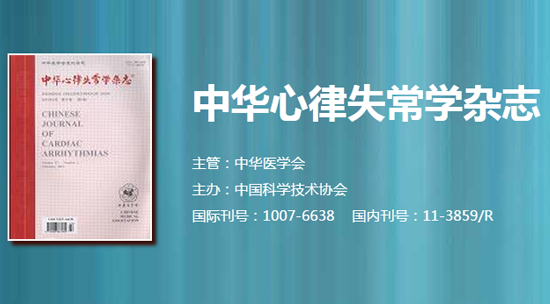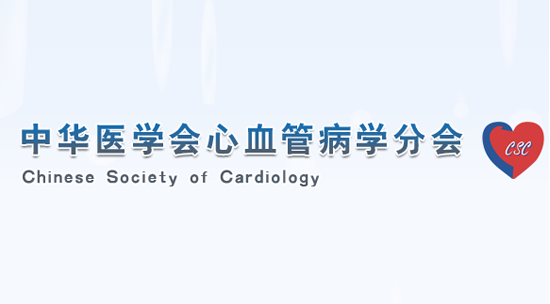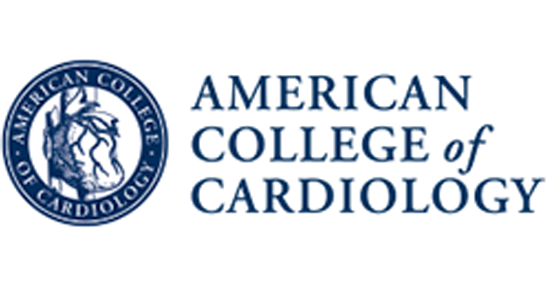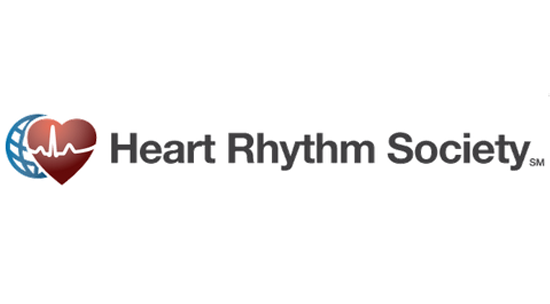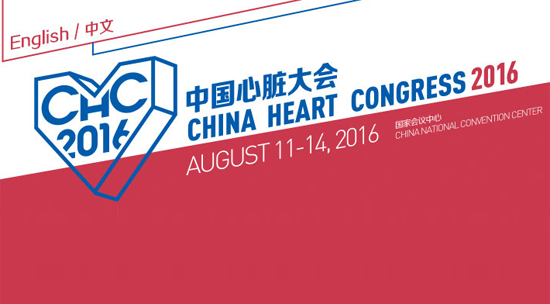HeartRhythm主编—陈鹏生教授语音速递(十一月刊 英文版)
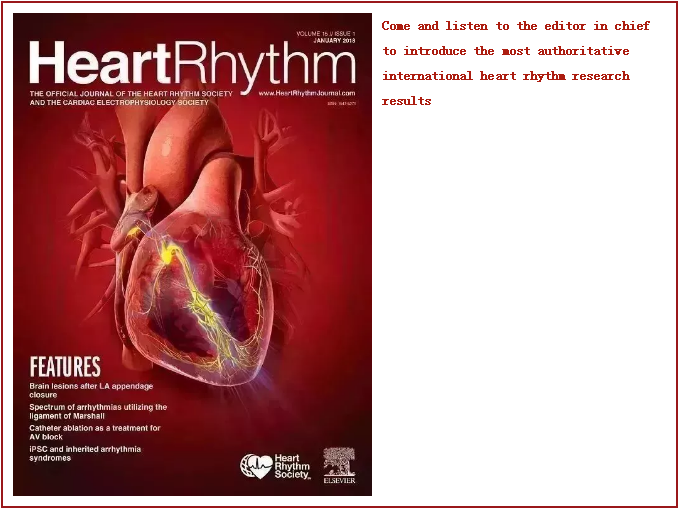
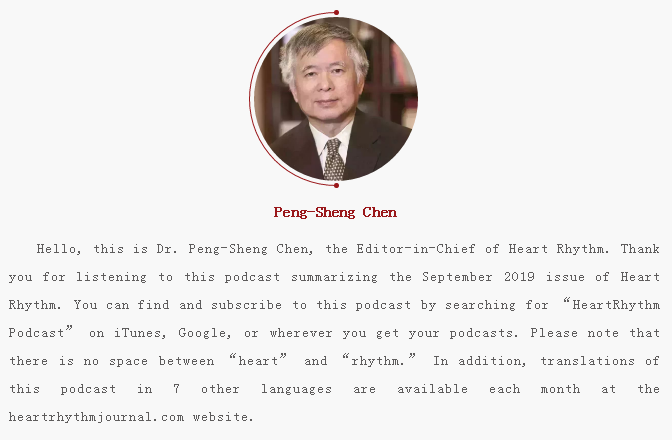
1
The featured article is “2019 HRS Expert Consensus Statement on Evaluation, Risk Stratification, and Management of Arrhythmogenic Cardiomyopathy” by Towbin et al.., of the HRS writing group. An interview with the lead author, conducted by our online editor, Dr. Daniel Morin, can be found at the www.heartrhythmjournal.com website. Arrhythmogenic cardiomyopathy is an arrhythmogenic disorder of the myocardium not secondary to ischemic, hypertensive, or valvular heart disease. This group of conditions includes arrhythmogenic right and left ventricular cardiomyopathy, cardiac amyloid and sarcoidosis, Chagas disease, and left ventricular noncompaction. This expert consensus statement provides the clinician with guidance on evaluation and management of arrhythmogenic cardiomyopathy, and includes clinically relevant information on genetics and disease mechanisms.
2
Next up is “Left atrial size and total atrial emptying fraction in atrial fibrillation progression” by Seewöster et al. of University of Leipzig, Germany. The authors studied 211 patients undergoing first AF ablation. Low voltage area were determined using high-density maps. Left atrial emptying fraction, was determined by cardiac MR. They found an association between low voltage areas and persistent AF with a worse total atrial emptying fraction. The right and left atrial emptying fraction determined by cardiac MR might serve as a clinically useful biomarker to detect low voltage areas and AF progression.
3
Baccillieri et al. from P. Cosma Hospital, Italy, wrote the following article, titled “Anatomy of the cavotricuspid isthmus for radiofrequency ablation in typical atrial flutter”. They studied 337 consecutive patients. Angiographically-determined cavotricuspid isthmus (or “CTI”) morphology was classified as either simple or complex due to pouch-like recesses. Acute procedure failure or major complications occurred in 3 cases, all with complex CTI anatomy. The authors conclude that CTI anatomical complexity can impact ablation parameters and outcome. Pre-procedural assessment of CTI anatomy might help to avoid potential difficulties and complications during the ablation procedure.
4
The next paper is also about CTI morphology. This paper was by Kella et al., from Mayo Clinic, and is titled “Radiofrequency ablation of the cavotricuspid isthmus for management of atrial flutter in patients with congenital heart disease after tricuspid valve surgery: A single Center experience.” Sixteen patients met the inclusion criteria. Twelve patients had Ebstein’s anomaly, 14 patients had a prosthetic tricuspid valve, and 2 patients had an annuloplasty ring. Acute success was achieved in all cases with no complications. Nine patients required ablation from the ventricular side of the valve to target atrial tissue rendered inaccessible as a result of tricuspid valve surgery. These procedures seem to be both safe and effective.
5
Next up is a paper by Liang et al. form Shenyang, China, titled, “Cycle length criteria for His-bundle capture are capable of determining pacing types misclassified by output criteria”. The cycle length criteria state that if decreasing the cycle length to a certain level results in QRS morphology changes, then nonselective His-bundle pacing is present. Among the 192 patients with nonselective His-bundle pacing, the shortest cycle length with which a stimulus can be conducted along the His bundle was at least 20 ms longer than the shortest cycle length at which surrounding myocardium could conduct. In comparison with the output criterion, this cycle length criterion is less likely to misclassify nonselective His-bundle pacing as right ventricular pacing.
6
Boersma et al. from Amsterdam University Medical Center, the Netherlands, wrote the following article, titled, “Understanding Outcomes with the S-ICD in Primary Prevention Patients with Low EF Study (UNTOUCHED): Clinical characteristics and perioperative results.” They included 1116 patients with S-ICD implanted for primary prevention. All but 4 had successful device implantation. There was a low perioperative complication rate and high conversion efficacy of induced ventricular fibrillation, even in a higher-risk cohort with low LVEF and more co-morbidities than previous S-ICD studies. This study confirms the implant efficacy and safety of the contemporary version of the S-ICD device and its algorithms for detection and treatment.
7
The next article is by Padmanabhan et al. from Mayo Clinic, titled “Safety of thoracic magnetic resonance imaging for patients with pacemakers and defibrillators”. The authors reviewed 952 patients and 1290 scans in patients with legacy (or “non-MRI- conditional) cardiac implantable electrical devices undergoing thoracic or brain MRI. No difference was observed in the incidence of adverse events or device parameters between the thoracic MRI group and brain MRI group. This study shows that thoracic MRI is relatively safe in an institutional multidisciplinary program, and that thoracic MRI does not represent greater risk than brain MRI for patients with legacy CIEDs.
8
Takigawa et al. from the University of Bordeaux wrote the following article titled “Insights from atrial surface activation throughout atrial tachycardia cycle length: A new mapping tool.” The authors tested a new concept of atrial mapping by using a software feature that detects all electrogram deflections without trying to identify the local activation times. The program then generates a global activation histogram, showing the atrial surface activation throughout the atrial tachycardia cycle length. The authors found that the global activation histogram shows focal vs reentrant mechanisms at first glance. They showed that a decrease in activated areas has 100% sensitivity for isthmus identification. This new mapping method may significantly improve the operator’s ability to rapidly identify potential ablation targets.
9
Takigawa et al. from the University of Bordeaux also contributed to the next article titled “Are wall thickness channels defined by computed tomography predictive of isthmuses of postinfarction ventricular tachycardia?” This study sought to determine whether 3-dimensionally-reconstructed CT channels correlate with electrophysiological isthmuses during ventricular tachycardia. A total of 41 CT channels were identified in 9 patients during electroanatomic mapping of VT. They found that the VT isthmuses were always found in CT channels, and half of CT channels hosted VT isthmuses. Longer and thinner (but >1 mm thick) CT channels were significantly associated with VT isthmuses. This work suggests that 3 dimensional CT reconstruction is useful in predicting ablation targets in VT. A larger series of patients is needed to confirm this observation.
10
The next article is titled “Characterization of Skin Sympathetic Nerve Activity in Patients with Cardiomyopathy and Ventricular Arrhythmia” by Zhang et al. from Mayo Clinic. The authors recorded skin sympathetic nerve activity from 65 patients with severe cardiomyopathy. They found that patients with recent sustained ventricular arrhythmia episodes had higher average skin sympathetic nerve activity than patients without ventricular arrhythmia. General anesthesia suppressed both the nerve activity and the arrhythmia. These data suggest that the average skin sympathetic activity at baseline is an independent predictor of ventricular arrhythmia recurrence.
11
Daniels et al. of Vanderbilt University wrote the following article, titled “SCN5A Variant R222Q generated abnormal changes in cardiac sodium current and action potentials in murine myocytes and Purkinje cells”. Carriers of the mutation R222Q display very frequent ectopy and dilated cardiomyopathy. The authors generated mice carrying humanized wild-type and mutant SCN5A channels. They found in heterozygous mutant cardiomyocytes an outward gating-pore current, which shortens the action potential. Low extracellular potassium increased this pore current, and was arrhythmogenic in vitro and ex vivo. Frequent ectopic activity might contribute to the development of dilated cardiomyopathy in patients with the R222Q mutation.
12
Next up is “The patient-independent human iPSC model – a new tool for rapid determination of genetic variant pathogenicity in long QT syndrome” by Chavali et al., from Vanderbilt University. The CACNA1C gene encodes the α-1C subunit of the voltage-gated L-type calcium channel. The authors introduced the N639T variant of this gene into a previously-established human iPSC from an unrelated healthy volunteer to generate a patient-independent human iPSC model. Patch clamp studies revealed that the N639T variant prolonged the ventricular action potential by slowing voltage- dependent inactivation of the calcium current. These new methods may allow rapid screening for the pathogenicity of variants of unknown significance.
13
Takayama et al. from Shiga University, Japan, wrote the next article, titled “A de novo gain-of-function KCND3 mutation in early repolarization syndrome.” The gene KCND3 encodes Kv4.3, an α-subunit of the Ito channel. A novel, de novo KCND3 heterozygous mutation, Gly306Ala, was found in a proband with early repolarization syndrome and VF storm. Intravenous isoproterenol and subsequent administration of quinidine were effective in preventing VF recurrence and reduced the J-point elevation. The mutant Kv4.3 showed significantly increased current densities, slow inactivation, and slow recovery from inactivation compared to wild-type. The authors conclude that a novel KCND3 heterozygous mutation was found to be associated with early repolarization syndrome. The pathogenesis can be explained by the increased Ito. Genetic screening for KCND3 could be useful for understanding the pathogenesis and selecting effective treatment.
14
The next article is an experimental study by Hohmann et al. from Mayo Clinic titled “Left ventricular function after non-invasive cardiac ablation using proton beam therapy in a porcine model”. Twenty domestic swine underwent proton beam treatment of LV sites in a dose-finding design and were followed for up to 40 weeks by cardiac magnetic resonance imaging at 4 week intervals. Significant LVEF decline occurred with at least 20 Grey of radiation, and was dose dependent. The changes are seen around 3 months after treatment. This study shows that precise target definition and focused energy delivery are paramount in catheter-free ablation of ventricular tachyarrhythmia via targeted radiation.
15
Huo et al. from UCLA wrote the next article titled: “Enhancement of β-catenin/T-cell factor 4 signaling causes susceptibility to cardiac arrhythmia by suppressing NaV1.5 expression in mice.” β-catenin/T-cell factor 4 (TCF4) signaling is enhanced in ischemic heart diseases. The authors studied a mouse model with enhanced β- catenin/TCF4 signaling. These mice had prolonged QRS complexes and increased susceptibility to ventricular tachycardia. The mechanism relates to the suppression of NaV1.5 expression and Na+ channel activity. These findings may be important in understanding the arrhythmogenic mechanisms of ischemic heart disease.
16
Next up is “Why Low-Voltage Shock Impedance Measurements Fail to Reliably Detect Insulation Breaches in Transvenous Defibrillation Leads” by Swerdlow et al. from the Cedars-Sinai Medical Center in Los Angeles. ICDs use low-voltage measures of shock impedance to monitor integrity of leads. The authors simulated in-pocket insulation breaches between the ICD generator and cables to the distal coil in 10 leads from 2 different manufacturers. They found that low voltage shock impedance is insensitive to insulation breaches that may cause life-threatening electrically shorted shocks. Strong shocks are required to detect insulation breaches reliably. The authors propose that an improved diagnostic tool is required to detect insulation breaches of high-voltage conductors.
17
The next article is a contemporary review titled, “Mastering the Art of Epicardial Access in Cardiac Electrophysiology” by Romero et al. from Montefiore Medical Center in New York. Over the past years, multiple technological advances have led to significant improvements in the safety of epicardial access. The authors summarize those advances in this article.
18
This issue’s HRS 40th Anniversary Viewpoint was written by Dr Eric Prystowsky of the St Vincent Hospital in Indianapolis, IN. It is titled “Research and Teaching—A view from the university and private practice.” Dr Prystowsky provides insightful advice to younger generations of future leaders on how to approach a career in both the university and private practice settings.
I hope you enjoyed this podcast. For Heart Rhythm, I’m Editor-In-Chief, Dr. Peng-Sheng Chen.
